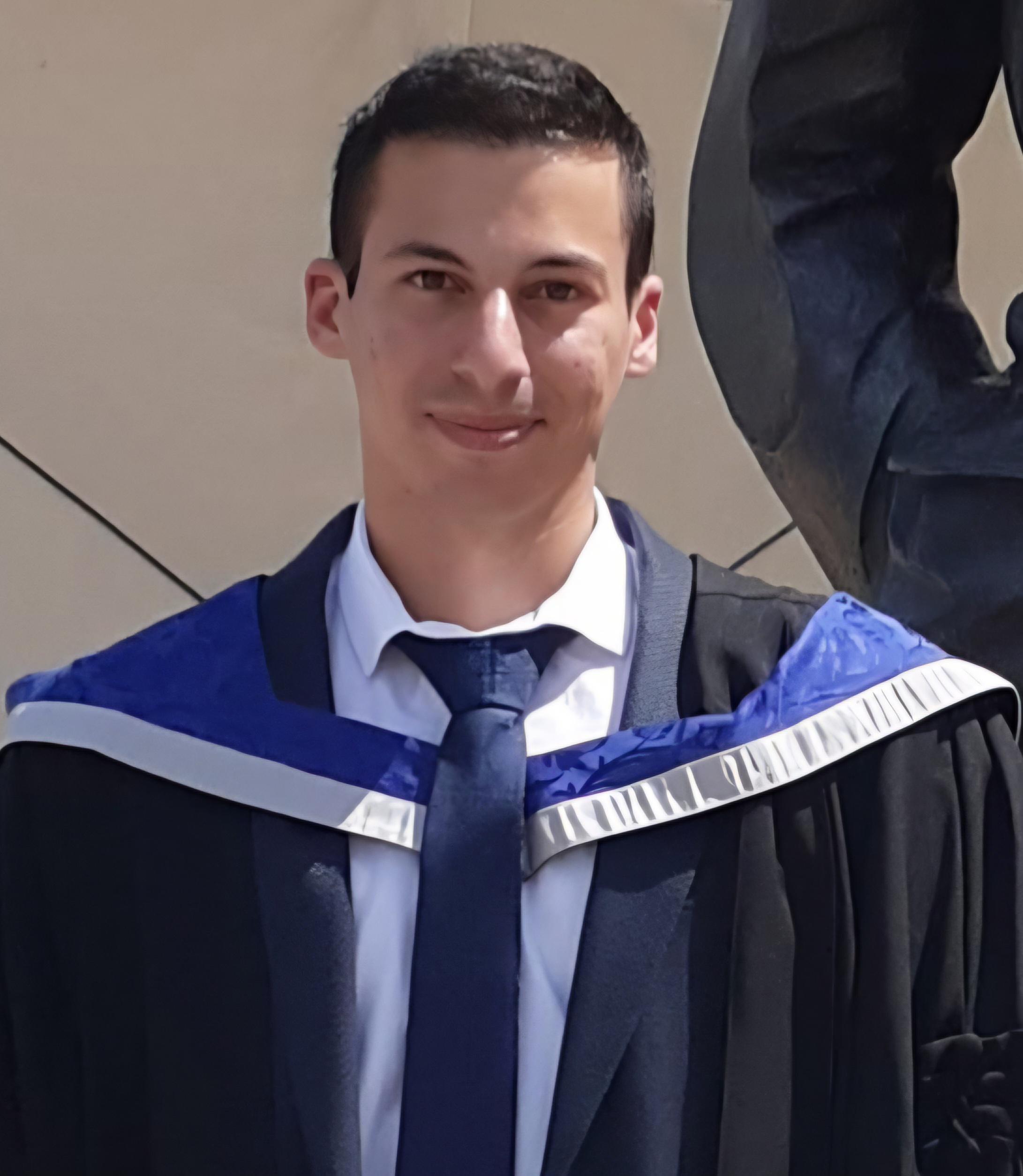
Barkin Dagda
AI & Robotics Researcher | PhD in Automotive Engineering

AI & Robotics Researcher | PhD in Automotive Engineering
2024 - PhD Foundership Award
2022-2026 - PhD in Automotive Engineering – University of Surrey, CAV Lab
2021-2022 - MSc in Electronic Engineering – University of Surrey, Distinction
2017-2021 - BEng (Hons) in Mechanical Engineering – University of Surrey, First Class Honors
Role: Research Scientist and Developer (promoted to Senior Research Scientist)
I worked with LLMs and VLMs, applying techniques such as fine-tuning, RAG, function calling, and other advanced implementation methods. I developed autonomous software agents that streamlined user task automation by integrating LLMs and VLMs for dynamic UI understanding and task execution.
During my tenure, I was promoted from Research Scientist to Senior Research Scientist, leading to the successful commercialization of two major products. One of these, SAM-Desktop, was my own proposal and has since been adopted by Lenovo, establishing a collaboration. My role included architectural planning, back-end development, and working closely with software developers, data scientists, and AI engineers across various levels to deliver impactful AI-driven products.
Role: Robotics Researcher
Worked on advanced control systems and digital twin simulations for autonomous mobile robots in warehouse and nuclear applications. Developed AI-driven load balancing, pitch/roll control algorithms, and contributed to communication & localization systems in GPS-denied environments.
Role: Researcher & Developer
Developed a vision-based indoor and outdoor navigation solution for the University of Surrey. The system uses visual cues for localization and routing in campus environments, enabling autonomous navigation without GPS. This work was recognized and awarded through the prestigious PhD Foundership Award.
This work investigates the use of vision-language models (VLMs) as semantic priors to guide reinforcement learning policies in high-risk traffic scenarios. The focus is on emergency braking in occluded pedestrian crossings, where traditional vision systems struggle with uncertainty. Our approach combines zero-shot VLM reasoning with an RL agent to learn safe and proactive braking behaviors under limited observability. This hybrid system aims to reduce false negatives and improve response time by using the VLM’s understanding of pedestrian context and likely movements, even in visually ambiguous situations. Experimental results in simulated urban driving environments demonstrate significant improvements in braking accuracy and safety compared to traditional RL-only or vision-only systems.
This study presents a novel approach, HighwayLLM, which harnesses the reasoning capabilities of large language models (LLMs) to predict future waypoints for ego-vehicle navigation, combined with a pre-trained RL model for high-level planning. The method integrates LLM, RL, and PID-based control to create interpretable, safe, and efficient navigation strategies for autonomous driving. [View Paper]
GeoVLM leverages the zero-shot capabilities of vision-language models to enable interpretable cross-view geo-localisation. It enhances match accuracy on benchmarks like VIGOR and CVUK using a trainable reranking method. [View Paper]
Digital twin model for an autonomous warehouse robot with advanced load balancing and wheel height control, enabling stability in delivery operations. AI algorithms provide dynamic balancing and precise pitch/roll control for improved efficiency.
Cyclopic
A comprehensive feasibility study conducted for Sellafield's Gamechangers Challenge, focusing on secure and reliable systems for autonomous nuclear material transportation in GPS-denied environments. The report evaluates communication solutions (Mesh Networks, SATCOM, and Radio), sensor technologies, localization methods, and collision avoidance strategies. Key contributions include multi-sensor fusion approaches for robust localization, reinforcement learning-based behavioral planning, and redundancy systems to achieve zero-failure transportation of sensitive materials. The study recommends mesh networks for communication reliability, adaptive multi-sensor fusion for localization, and modular reinforcement learning systems for collision avoidance.